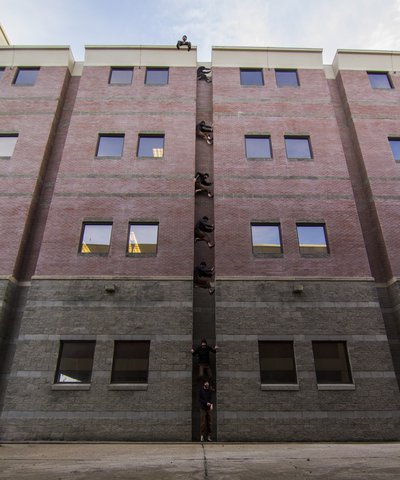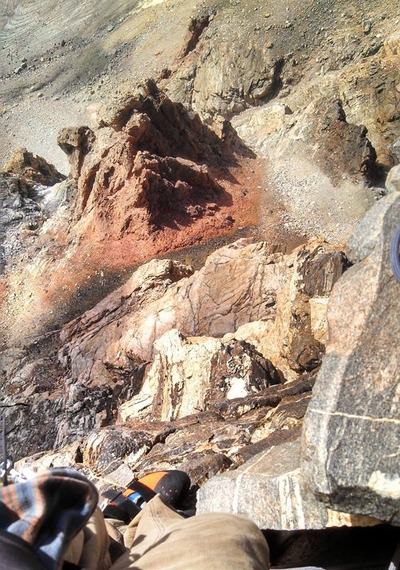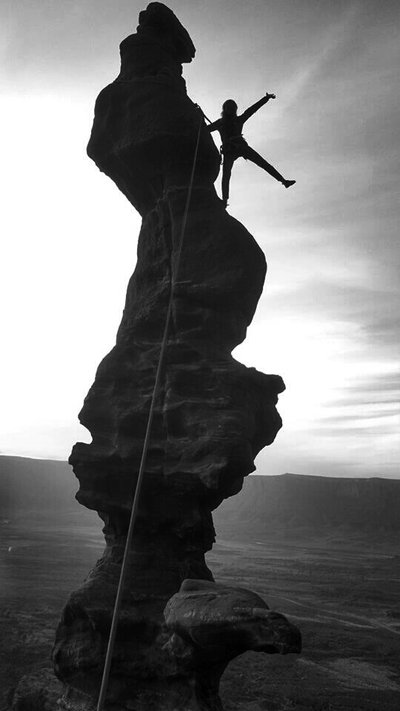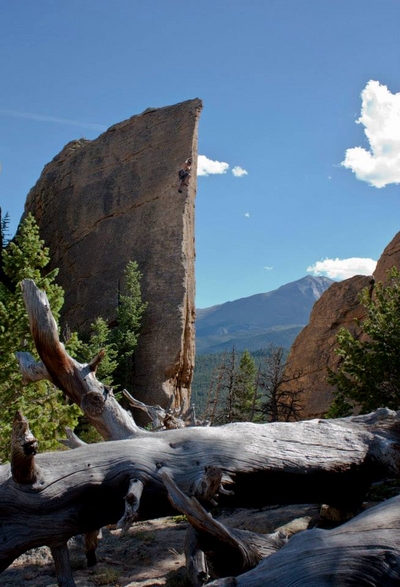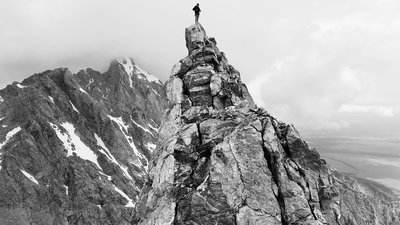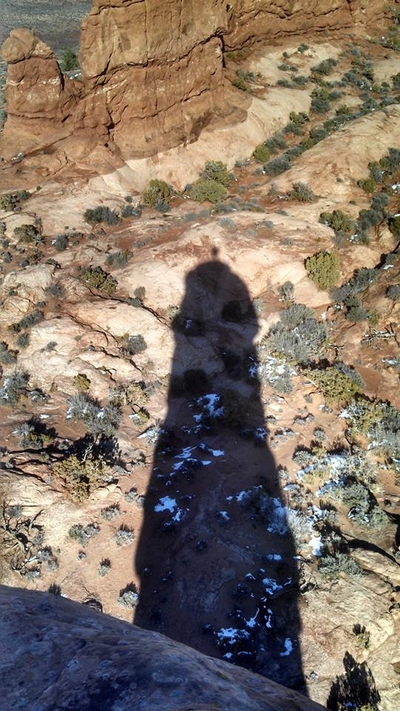cydwhitOk, so I'm sort of a climbing newb, buttttttt.... Isn't falling on your rope bad for it? I know my rope is rated for 8 falls, and any way I can avoid a fall I will, just for the sake of its longevity.
That's definitely good practice but it's a little more advanced. I just take care of my stuff and do stupid things carefully and thoughtfully, I bought it to have fun with so if I need to fall/not fall in order to have fun with it I will put it to use!
You have the general idea but it's way more specific than just falls in general. 8 falls does not mean that you can only fall on the rope 8 times on a gym lead or while you are on toprope, it means 8 UIAA falls. A UIAA fall is a factor 1.77 rope, and in the lab ropes have to survive a certain number of these before certain things happen (the rope stops stretching a certain amount, the impact force reaches a certain level, etc). For single ropes, they test how many factor UIAA falls the same section of rope can take before it breaks or loses certain characteristics (amount of stretch and how much it can absorb falls instead of transfer the energy into the anchors). It has to survive at least 5 falls before breaking, but mind you high factor falls (=/>1) are wicked and the planets have to be aligned for an anybody to take one (they only really happen when you're leading on a multipitch climb) so they aren't a very common reason to retire a rope. For more specific info on how exactly they test the ropes check this out.
http://www.theuiaa.org/safety-standards.html
So in reality, I didn't have the rope even touching the tree, or being subjected to any huge and sharp forces. I had a lot of rope out in relation to how I fell so the numbers stayed rather low. I cycled which part of it I used frequently and always allowed it to recover/stretch back after stretching it from a fall. Honestly, it still looks like its brand new and catches like new because I take good care of it and even when I'm top rope soloing I keep it away from edges and water and etc etc etc.
impact force: the peak amount of force the climber will be subjected to during a dynamic fall (going from slack to not slack). My rope is 8.9kn, which is about in the middle of what's available. Skinnys tend to stretch more and give you softer falls but less of them, and thicker ropes can go either way but can usually take more.
the "factor" of a fall: Logically, the farthest distance you could fall while on a rope attached to an anchor is twice the length of the rope. For this to happen you would have to be all the way above whatever you are affixed to, so it's only really a problem in multi-pitch climbs where you might be leading from an anchor that you could fall below it. The factor is simply a fraction: the length of fall / amount of rope you fell on. If I fall 50 feet on a 25 foot section of rope, it would be a factor 2 fall. If I was hanging at the anchor and then fell 25 feet on 25 feet of rope, that would be a factor 1 fall. In my case, I had 75 feet of rope out and then fell 33, so it was only a .44 factor fall. A rope is designed (at least a 10.2mm rope is) to be able to take thousands of smaller falls around what I had, so even if my fall seemed huge, it wasn't. If I simply attached 33 feet of rope to my anchor and then jumped, that would be way worse for my rope (and everything else) because the impact force would be way higher because its factor 1.
Dragonslayer101Yes. The ratings are an industry standard and are rated for a certain factor of fall. Most smaller falls wont reach this factor if falling on a dynamic belay. Go google it and learns some more, its pretty interesting
However intentionally falling on a rope from 33 feet even with the precautions he took may be questionable to the ropes durability. When leading, top roping, and rappelling your rope is your lifeline, if any weighted section is cut you fall. I personally see it as best not to put unneeded falls on something so important in keeping you alive.
Without actually seeing the setup and only judging by the description it sounds like he did do a good job in setting it up (Granted it was anchored properly)
It was properly anchored, two independent srt anchors around the tree base and two independent anchors on each side of a huge overhanging fork in the tree that was like 14-15 inches thick. It made for strong anchors and a very clean fall.
The tricky part was getting the ropes up there without a belayer in the first place. For that you can explore tree climbing stuff on the internet and especially youtube.




